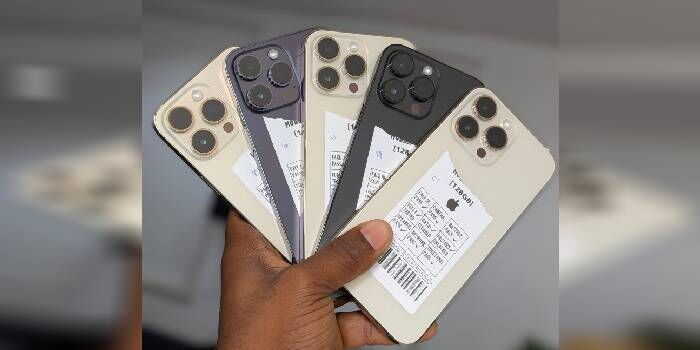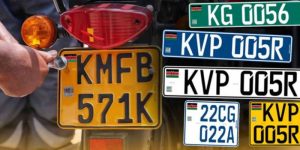How to Check if an iPhone is Genuine Before Buying

The market for refurbished and second-hand iPhones in Nairobi is booming, offering a more affordable way for many Kenyans to own a premium device. However, this popularity has also created a ripe environment for scams, with unsuspecting buyers often ending up with fake or faulty gadgets.
Don’t be one of them. The secret to a smart purchase lies in knowing what to look for and where to look.
We have simplified the most critical checks into a comprehensive guide so you can shop with confidence.
But first things first: a refurbished phone is professionally restored to like-new condition, whereas a second-hand phone has simply been previously owned.
Here is a step-by-step guide to ensure you walk away with a genuine and functional iPhone.
This is your most powerful tool for verifying the phone’s authenticity. If you’re buying an iPhone running iOS 15.2 or later, go to Settings > General > About. If a previous owner had any major parts – like the screen, battery, or camera – replaced, a “Parts and Service History” section will appear.
This will help you see if the phone has been tampered with using non-genuine components.
A “Genuine Apple Part” message confirms the repair was done correctly, while an “Unknown Part” warning signals a non-Apple replacement, which can lead to software and performance issues.
This is a simple check that will save you from buying a completely useless device. An iPhone with Activation Lock is tied to the previous owner’s Apple ID and cannot be used by anyone else unless that owner unlocks it remotely.
A properly reset iPhone will display the “Hello” screen in different languages, prompting you to set it up. If it’s asking for an Apple ID password, walk away immediately – it’s iCloud locked.
Like all smart gadgets, every iPhone has a unique IMEI number, its digital fingerprint. You can find it by simply dialing *#06#. You can then use this number on a reliable online checker to get key details like the model, colour, and most importantly, its blacklist status. A blacklisted phone has been reported as lost or stolen and won’t work on mobile networks.
For an extra layer of verification, check the serial number – found in Settings > General > About. Enter it on Apple’s official checkcoverage.apple.com website. A genuine iPhone will show its model and warranty status. If the serial number is invalid or doesn’t match the device, it’s a huge red flag.
Don’t just look at the phone, scrutinize it. Examine the body for deep scratches or dents. A good refurbished phone should look almost new, while a second-hand one may have some minor wear.
Pay close attention to the screen. Run your finger along its edges to feel for any uneven gaps. A screen replaced with a non-genuine part often doesn’t fit perfectly.
The phone’s battery health is key as it directly equates to how well the phone will serve you. Go to Settings > Battery > Battery Health & Charging to see the Maximum Capacity.
A new iPhone has a 100% capacity. For a used device, aim for 85% or higher. Anything lower means the battery is aging and will hold a charge for a shorter time, requiring you to replace it soon.
You need to test every feature by checking all the buttons, power, volume, and mute to ensure they click properly. Also, test the front and back cameras, the flash, and take a short video. If possible, make a test call to check the speakers and microphone. Another important check is to plug a charger in to verify the charging port works. Also, remember to check if Face ID or Touch ID is working correctly.
As a last step but very integral, be extremely wary of deals that seem too good to be true, especially from unknown sellers on social media. A good deal is worth the effort, but a bad deal is a financial and technical headache you are better off avoiding.



